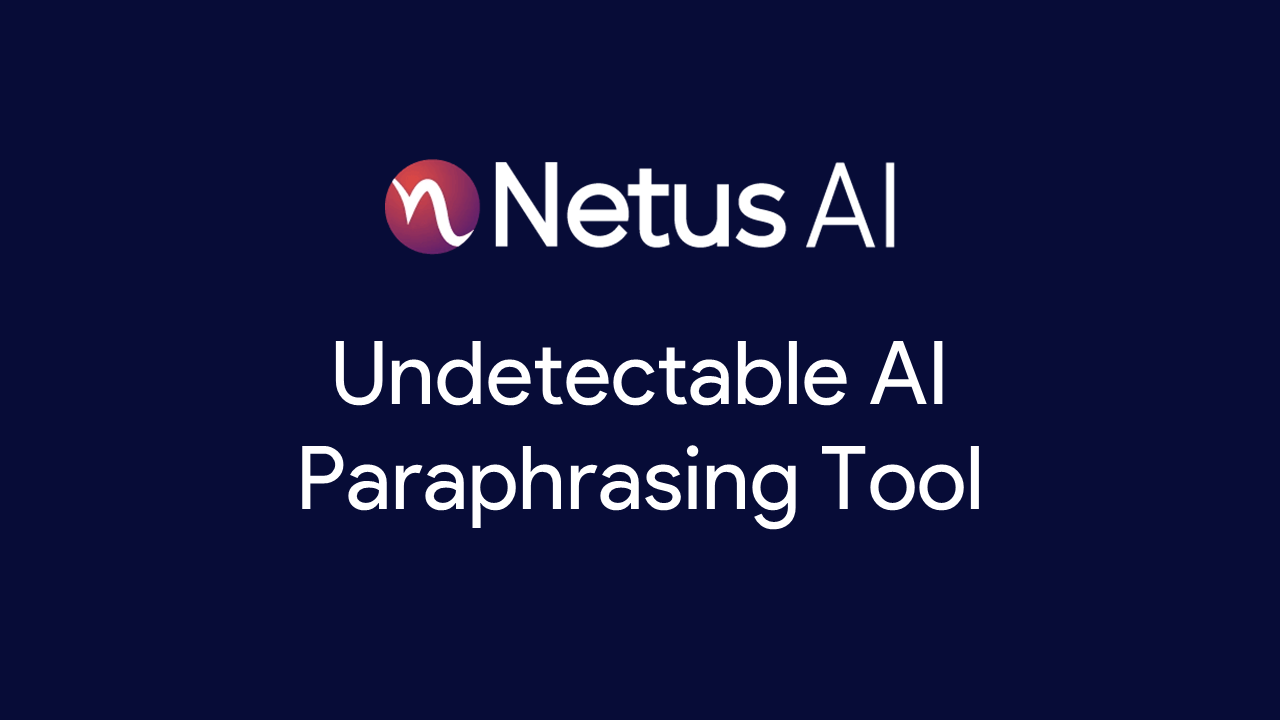
Enhancing Human Authenticity in AI Content
Netus.ai stands at the forefront of technology with its innovative tools and techniques for detecting and avoiding AI-generated content. The rise of sophisticated AI, like the chat GPT humanizer, has made distinguishing between human and AI text increasingly challenging. This article delves into Netus.ai's methods and the evolving landscape of AI content detection.
Understanding AI Content Detection
Netus.ai employs advanced algorithms to identify AI-generated content, leveraging natural language processing (NLP), machine learning (ML), and deep learning (DL). These technologies analyze patterns in text to differentiate between human-written and AI-generated content. Similar to Turnitin, Netus.ai's AI detector evaluates textual patterns, context, syntax, and semantics to achieve an impressive 99% accuracy rate.
Behavioral Patterns in AI-Generated Text
Several key characteristics can help identify AI-generated content:
- Perplexity and Burstiness: AI text typically exhibits lower perplexity, meaning the predictability of the next word is higher. Additionally, burstiness, or the repetition of certain phrases, is more common in AI text.
- Repetition and Consistency: AI-generated content often maintains a consistent tone and style, lacking the natural variations found in human writing.
Despite these indicators, false positives can occur, where human-written content is misclassified as AI-generated and vice versa. As AI models continue to improve, distinguishing between AI and human text becomes increasingly challenging.
Strategies for Bypassing AI Detection
As AI-generated content detection evolves, so do the strategies to bypass these systems. Here are some effective methods:
Varying Sentence Structure and Vocabulary
Altering sentence structures and using diverse vocabulary can make AI-generated content less predictable and more human-like. By mixing up sentences and incorporating different synonyms, the AI to human converter can be more effective in creating content that mimics human writing.
Manual Rephrasing and Personal Anecdotes
Manually rephrasing AI-generated text and adding personal anecdotes can significantly enhance the authenticity of the content. This approach involves reviewing and rewriting content to infuse a human touch, making it harder for detectors to identify it as AI-generated.
Netus.ai's Paraphrasing Tool
Netus.ai offers a paraphrasing tool designed to help users rephrase AI-generated text, adding a layer of human-like variation. This tool can be instrumental in creating content that feels more genuine and less detectable by AI content detectors.
Evolving Capabilities of AI
As AI technology advances, the ability to generate human-like text improves. However, this also means that the challenge of detecting AI-generated content becomes more complex. Continuous advancements in AI models necessitate ongoing improvements in detection technologies to stay ahead of the curve.
Conclusion
Netus.ai provides essential tools and techniques for identifying and avoiding AI-generated content. By understanding the behavioral patterns of AI text and employing strategies to vary sentence structure and vocabulary, it's possible to create content that feels more human. As AI models continue to evolve, the importance of robust detection technologies like those offered by Netus.ai cannot be overstated. For more detailed strategies and tools, exploring the resources available on the Netus.ai website is highly recommended.
Comments on “Human Authenticity in AI Content”